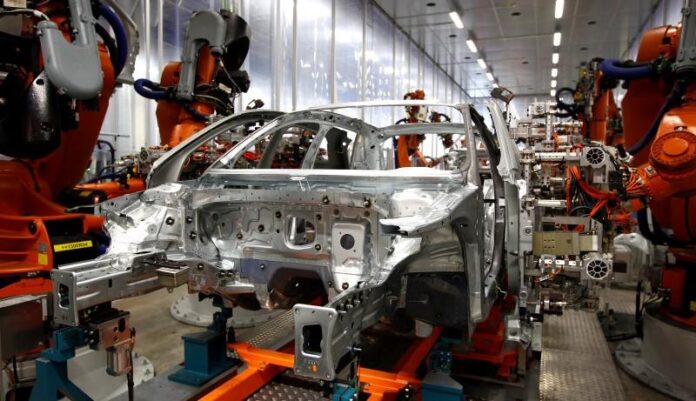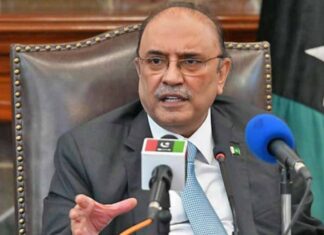China’s government agencies released macro-economic figures on Friday, indicating that the economy is still on the right track of recovery.
Analysts said a raft of targeted macro-policies and the issuance of an additional 1 trillion yuan ($137 billion) in special treasury bonds will inject new impetus into the economy and contribute to the achievement of its preset annual GDP growth rate target of around 5 percent.
China’s major industrial firms saw their profits surge 11.9 percent in September from the same period last year, data from the National Bureau of Statistics (NBS) showed Friday.
In the first nine months of the year, the profits of major industrial firms with annual main business revenue of at least 20 million yuan reached 5.41 trillion yuan, down 9 percent year-on-year, with the pace of decline narrowing by 2.7 percentage points from the first eight months, according to the NBS.
“The improvement in industrial revenue and profits underscores that the operation of the country’s industrial sector as a whole continues to recover amid a rebound in market demand,” Zhou Maohua, an economist at China Everbright Bank, told media.
Li Changan, a professor from the Academy of China Open Economy Studies of the University of International Business and Economics, told the Global Times on Friday that a raft of targeted policies rolled out so far this year was the main contributor to the recovery of the country’s industrial sector.
In addition to industry, the country’s tourism and transport sectors, which were battered by the COVID-19 outbreak, also showed rapid recovery in the third quarter.
According to data released by the Ministry of Culture and Tourism on Friday, domestic tourist trips totaled 1.29 billion in the third quarter, an increase of 101.9 percent compared with the corresponding period last year.
The total number of domestic tourist trips reached 3.67 billion in the first nine months, up 75.5 percent year-on-year, while domestic tourism spending hit 3.69 trillion yuan, up 114.4 percent year-on-year, the data showed.
Looking ahead, the country’s industrial profits will continue to improve, Zhou said. “Thanks to continuous recovery of domestic demand, the price of industrial products is bottoming out and is therefore expected to drive stable industrial production. Moreover, macro-policies continue to produce effects,” he said.
In another move that underscores Chinese policymakers’ resolve and ability to navigate serious downward pressures, on Tuesday, the sixth session of the Standing Committee of the 14th National People’s Congress approved the issuance of an additional 1 trillion yuan in special treasury bonds.
Cao Heping, an economist at Peking University, forecast that the country’s GDP will reach 5.5 percent in the fourth quarter, as consumption is expected to further recover for the rest of the year, traditionally a spending peak season.
“If expansionary monetary policy can continue and consumer price index stays below 5 percent, I believe our economy will embark on an upward trend over the next 10 years,” Cao told the Global Times on Friday.
However, analysts said that China’s economic recovery still faces challenges and difficulties, especially as the Cold War mentality of the US and its protectionism will have a negative impact on China’s exports.
“In order to bolster the economy, efforts are needed to address the problem of insufficient domestic demand so as to stabilize enterprises’ expectations and step up productions,” Li said.
China has full confidence in achieving its stated annual GDP growth target of around 5 percent in 2023, with economic growth of 5.2 percent in the first three quarters laying a solid foundation. The annual GDP expansion goal will be achieved, provided that fourth-quarter GDP growth reaches 4.4 percent, Sheng Laiyun, deputy director of the NBS, said at a press conference on October 18.























